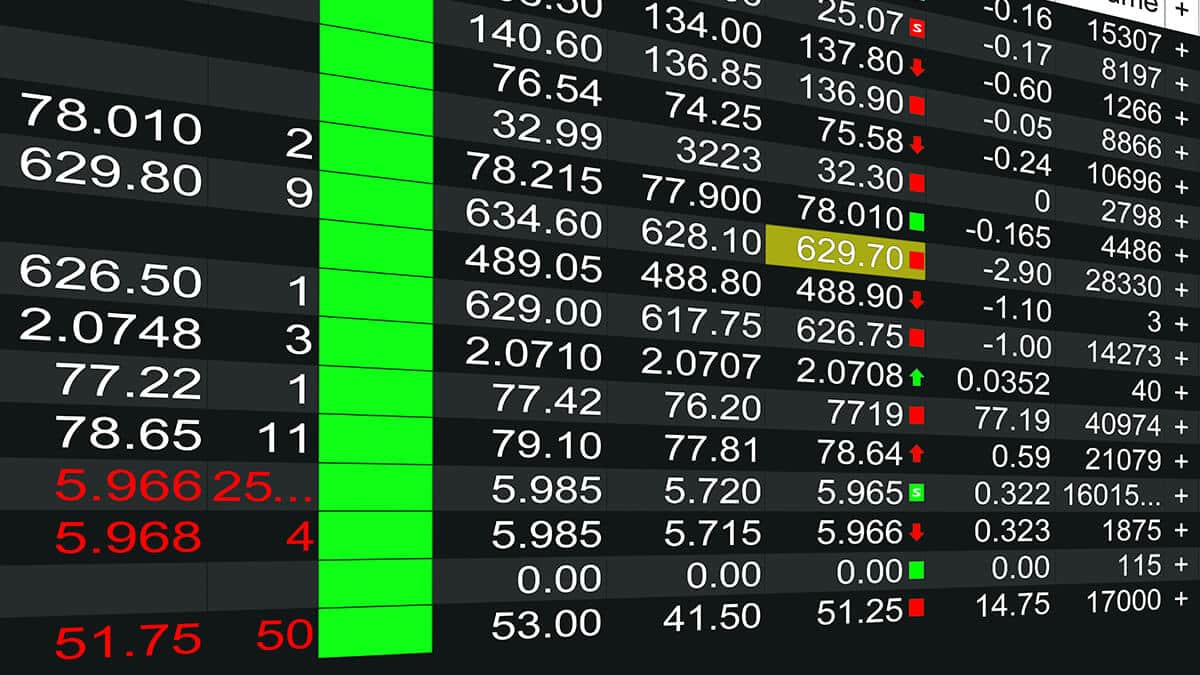In this guide
With trillions of dollars tied up in Australia’s super funds, you’d think it would be pretty easy to find out where all that money is invested. But that hasn’t always been the case.
Detailed information about the actual assets your super fund owns has been difficult to find, with many in the super industry arguing it was too complicated and expensive to provide. All that changed in March 2022, when new super regulations governing the disclosure of the holding within a super fund’s investment portfolio finally came into force.
Although there’s still room for improvement, some funds are actively embracing the new regime so their members can finally see exactly what assets their fund has purchased with their retirement savings.
Why knowing more about your super fund’s investments matters
Many super fund members are interested in seeing what assets their super fund invests in – it’s their money after all.
Greater disclosure is increasingly important as consumer attitudes towards responsible investing have changed. These days members are often keen to know their super is invested in line with their personal values.
According to the Responsible Investment Association Australasia’s (RIAA) 2022 report From Values to Riches, 74% of Aussies would consider moving to another provider if they found out their current super fund was investing in companies engaged in activities not consistent with their values. This is especially true for Gen Z and Millennial fund members.
In addition, 79% of Australians would like their super fund or investment provider to communicate the impacts their investment are having on the planet.
This growing interest is in line with the government’s aims for the new regulations, which were designed to encourage super fund members to get more involved in saving for their retirement, with better disclosure increasing the “amount and quality of information available to superannuation fund members, employers and other stakeholders”.
Improved disclosure of super funds’ investment assets is also designed to allow financial analysts and fund members to better assess the level of investment diversification and risk inherent in the way their super fund has constructed its investment portfolio.
If you’re concerned about particular social, environmental and governance issues, the new disclosure regime should provide more detailed information about your fund’s investment portfolio. Fund members concerned about carbon reduction, for example, will be able to assess if their super fund invests in companies that fail to take account of this issue in their business activities.
Better disclosure of your fund’s portfolio holdings will also help you decide whether you are happy for your retirement savings to be managed by your current super fund.
What is portfolio holdings disclosure (PHD)?
From 31 December 2021, large super funds are required to make detailed information about the holdings in their investment portfolio publicly available on their website within 90 days of the reporting day.
This means super funds must publicly disclose their portfolio holdings every six months, with the first reporting deadline being 31 March 2022.
Under the Corporations Amendment (Portfolio Holdings Disclosure) Regulations 2021, super funds must disclose their holdings on an item-by-item basis for each investment option in a prescribed table format.
What must super funds disclose?
Under the PHD regime, every six months super funds are required to disclose on their websites updated information about the investment holdings in each of the investment options they offer their members.
The rules require a fund to disclose sufficient information to identify:
- Each investment asset in all the investment options offered by the super fund
- The value and the weighting or exposure of each investment asset
- The total value and the weighting or exposure of all disclosable assets.
Members will be able to see how much of their retirement savings are being invested by their fund across a range of asset classes and derivatives, making it easier to compare super products.
The regulations require super funds to disclose sufficient information to enable people outside the fund to identify assets held by the fund. Unlisted assets and some derivatives, however, can be aggregated or bundled for each type of asset, rather than needing to be identified individually.
Super funds are not required to provide information about any investments in an investment option closed to new members for more than five years.
Investments in an asset held solely to support a defined benefit interest or an asset relating to certain kinds of life policy or investment account contracts also don’t need to be disclosed.
More work to be done on PHD reporting
Unfortunately, as super funds must use a prescribed table format for their PHD information, they are currently not obliged to provide their data in a simple-to-understand format, or one that can easily be used to compare the holdings of different funds.
So far, if you’re interested in knowing a lot of detail about the individual assets included in your particular investment option, you’re likely to find yourself poring through huge spreadsheets listing thousands of line items.
Some funds are trying to provide their information in a more user-friendly format with search and filter options, but as yet this is not occurring across the board.
One fund taking a lead in this area is Active Super, which has created an online data visualisation tool allowing fund members to click to see where and how the fund is investing their super savings. The tool allows members to see the identity, value and weighting of their investments across a range of asset classes and derivates, including unlisted assets.
Users can drill down from either an asset class or regional level to sector-specific industries and companies. They can also see how Active Super voted at the annual general meetings of the companies in which it invests. Data is also being updated monthly, rather than every six months as required.
Portfolio disclosure: Another way to compare super funds?
Despite these teething problems, if you’re trying to compare your super fund’s investment options, check whether it is investing in line with your personal values, or thinking about switching funds, your fund’s PHD disclosures are still an important source of information.
Given the detailed nature of the investment information super funds are required to provide, it’s likely specialist financial analysts and super ratings agencies will be the biggest users of the information rather than individual members.
Analysts and ratings agencies will use this new itemised information to learn more about the assets in each fund’s investment options. Hopefully, this will lead to the development of simpler, more easily understandable versions of the information fund members can use.
Activist groups interested in specific issues such as fossil fuel mining, corporate governance and labour standards will also dig into the new, detailed PHD information. Full disclosure of investment assets held by super funds will allow these groups to pinpoint the key shareholders and part owners in controversial businesses and they are likely to put pressure on super funds to lower or abandon any investments in these types of assets.






Leave a comment
You must be a SuperGuide member and logged in to add a comment or question.